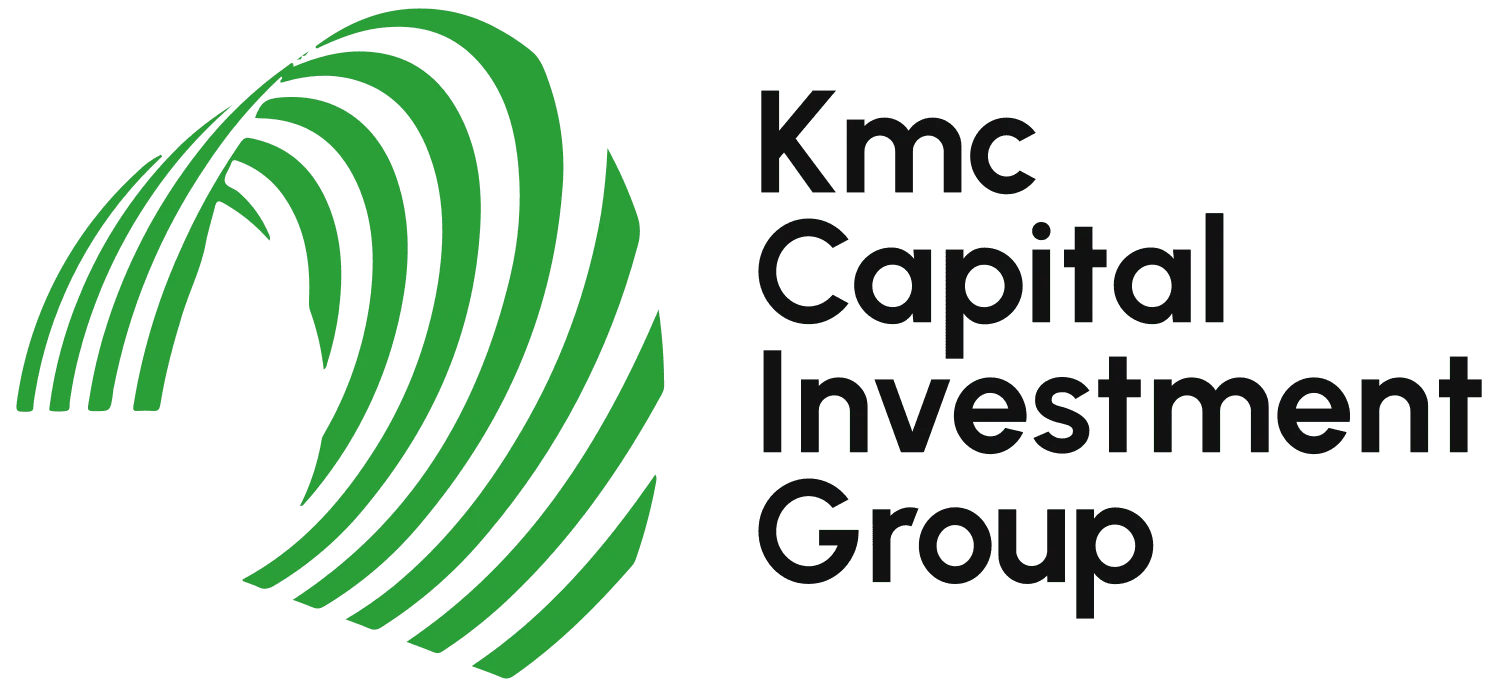Introduction:
As the real estate market experiences fluctuations, single-family investors must adapt their strategies to thrive in a changing interest rate landscape. Rising interest rates can impact property expenses and returns, requiring careful consideration and planning. In this blog post, we explore how investors can navigate the challenges of a rising interest rate environment while maximizing their single-family investment opportunities.
Understanding the Impact of Rising Interest Rates:
As interest rates increase, the cost of borrowing for single-family investors rises, impacting mortgage payments and overall property expenses. Investors must closely monitor interest rate trends and evaluate their potential effects on cash flow and investment profitability.
The Power of Fixed-Rate Mortgages:
Locking in a fixed-rate mortgage can be a smart move in a rising interest rate environment. This provides stability and predictability for mortgage payments, shielding investors from sudden rate hikes and allowing for better budgeting.
Refinancing Opportunities:
For investors with existing single-family properties, exploring refinancing options can be beneficial when interest rates are rising. Refinancing at a lower rate or transitioning from an adjustable-rate to a fixed-rate mortgage can reduce expenses and improve long-term investment viability.
Calculating Return on Investment (ROI) Sensitivities:
As interest rates fluctuate, it is crucial to calculate the sensitivity of the investment’s ROI to these changes. Understanding how various interest rate scenarios impact returns allows investors to make informed decisions and adjust their strategies accordingly.
Budgeting for Higher Operating Expenses:
Rising interest rates can lead to increased operating expenses, such as property management fees, insurance premiums, and maintenance costs. Investors should proactively budget for these higher expenses to avoid potential cash flow shortfalls.
Evaluating Alternative Investment Opportunities:
In a rising interest rate environment, some investors may explore alternative investment opportunities, such as short-term rentals or vacation properties. These investments can offer higher returns and flexibility, aligning with current market conditions.
Monitoring Market Demand and Rental Rates:
Understanding local market demand and rental rates is essential when investing in single-family properties. Market dynamics may influence tenants’ willingness to pay higher rental rates to offset increased expenses caused by rising interest rates.
Conclusion:
In the dynamic real estate landscape of 2023, single-family investors must be proactive in navigating rising interest rates and managing expenses effectively. Understanding the impact of interest rate fluctuations, leveraging fixed-rate mortgages, and exploring refinancing opportunities can help optimize investment returns. Additionally, budgeting for higher operating expenses, calculating ROI sensitivities, and monitoring market demand will contribute to successful single-family investment strategies. By staying informed and adaptable, investors can maximize their single-family investment opportunities and thrive in the face of changing market conditions.

